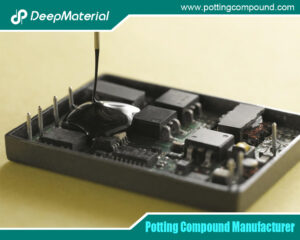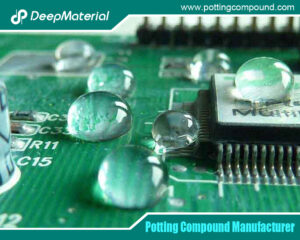
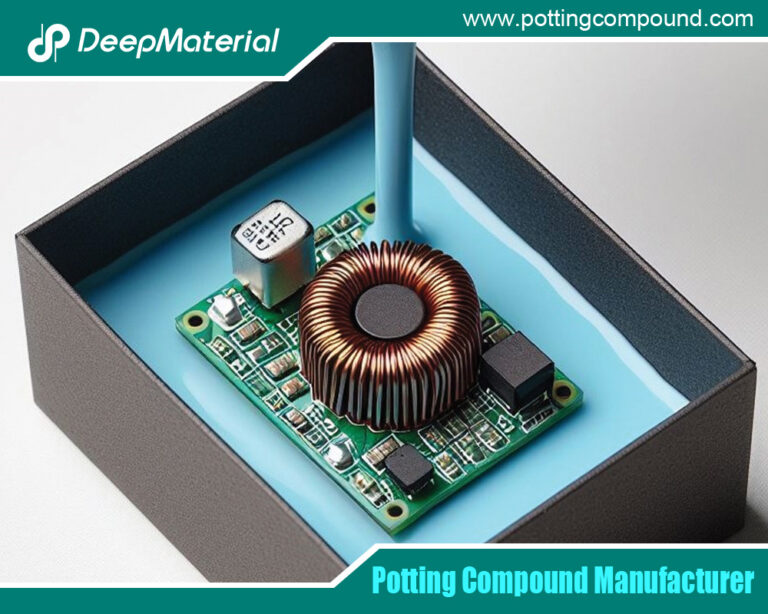
Understanding Electronic Potting Compound: Uses, Types, and Benefits
- Electronic Potting Material Manufacturer
- July 19, 2024
- circuit board potting compound, Connector Potting Compound, electrical potting compound, electronic encapsulant potting compounds, electronic epoxy encapsulant potting compounds, electronic potting compound, Electronic Potting Compounds Manufacturer, encapsulant potting compounds, Encapsulants and Potting Compounds Suppliers, epoxy encapsulant potting compounds, epoxy potting compound, epoxy potting compound manufacturers, Flexible Potting Compound, LED Potting Compound, PCB Potting Compound, polyurethane potting compound, polyurethane potting compound for electronics, Polyurethane Potting Compound Manufacturer, Silicone Potting Compound, UV Cure Potting Compound, waterproof potting compound
Understanding Electronic Potting Compound: Uses, Types, and Benefits
Electronic devices, from smartphones and laptops to advanced automotive systems and aerospace technologies, have become integral to our daily lives. Behind the sleek exteriors of these devices lies a crucial element often overlooked but vital for their reliability and longevity: electronic potting compound. This article delves into electronic potting compounds, exploring their uses, types, benefits, application methods, and selection considerations.
What is an Electronic Potting Compound?
At its core, the electronic potting compound is a protective agent for electronic components. It encapsulates sensitive parts, such as circuit boards, chips, and sensors, in a solid or gel-like, shielding them from environmental factors like moisture, chemicals, vibration, and physical impact. By forming a durable barrier around these components, potting compounds ensure their functionality even in harsh conditions, enhancing electronic devices’ overall reliability and lifespan.
Types of Electronic Potting Compounds
Electronic potting compounds come in various formulations, each tailored to meet specific application requirements:
Epoxy Resins
Epoxy resins are widely used in electronic potting due to their excellent adhesion properties and mechanical strength. They offer high chemical resistance and good thermal stability, making them suitable for automotive electronics, industrial controls, and consumer electronics applications.
Polyurethane Resins
Polyurethane potting compounds provide flexibility and shock absorption capabilities, which are ideal for applications where vibration and mechanical stress are concerned. They are commonly used in aerospace, marine electronics, and high-impact resistance applications.
Silicone Resins
Silicone potting compounds offer exceptional flexibility over a wide temperature range and excellent electrical insulation properties. They are preferred for applications where extreme temperature variations and environmental exposure, such as outdoor electronics and medical devices, are significant factors.
Uses and Applications
The versatility of electronic potting compounds enables their use across diverse industries and applications:
Automotive Electronics
Electronic potting compounds protect vital components like engine control units (ECUs), sensors, and ignition systems from the automotive sector’s moisture ingress, vibration, and thermal cycling. This protection is crucial for maintaining automotive electronics’ reliable performance and durability under varying environmental conditions.
Aerospace Applications
Aerospace electronics demand stringent reliability and durability standards. Electronic potting compounds play a crucial role in safeguarding avionics, navigation systems, and communication equipment from the harsh conditions encountered in flight, including altitude changes, temperature extremes, and mechanical vibrations.
Consumer Electronics
In consumer electronics, potting compounds enhance the durability of smartphones, tablets, and wearable gadgets. By preventing water damage and mechanical stress, these compounds contribute to the longevity of electronic products and ensure consistent performance over their operational lifespan.
Benefits of Using Electronic Potting Compounds
The adoption of electronic potting compounds offers several key advantages:
Environmental Protection
Potting compounds create a barrier that shields electronic components from moisture, dust, chemicals, and other environmental contaminants. This protection prevents corrosion, reduces the risk of electrical shorts, and extends the lifespan of electronic devices.
Mechanical Reinforcement
Potting compounds enhance their mechanical strength and resistance to vibration and physical impact by encapsulating components in a solid matrix. This reinforcement is critical for applications subject to mechanical stress or frequent handling.
Electrical Insulation Properties
Potting compounds provide excellent electrical insulation, reducing the risk of short circuits and electrical failures. This insulation capability is essential for maintaining the integrity and reliability of electronic circuits, particularly in high-voltage applications.
Thermal Management
Some potting compounds offer effective thermal conductivity, aiding in heat dissipation from electronic components. This thermal management capability helps maintain optimal operating temperatures, preventing overheating and ensuring consistent performance.
Application Methods
The application of electronic potting compounds involves several methods tailored to specific requirements and production processes:
Potting Processes
- Encapsulation:Fully encapsulating electronic components in a potting material to provide comprehensive protection.
- Selective Potting:Applying potting compound selectively to specific areas or components that require protection.
- Dipping and Coating:Immersing or coating components in potting material to achieve uniform coverage and protection.
Factors Influencing Selection
The choice of potting method depends on factors such as component size and shape, production volume, environmental conditions, and performance requirements. Manufacturers select the most suitable method to ensure optimal protection and efficiency in production processes.
Considerations for Selecting Potting Compounds
Selecting the suitable electronic potting compound involves evaluating several critical factors:
- Environmental Conditions:Considerations include temperature range, humidity levels, exposure to UV radiation, and resistance to outdoor elements.
- Mechanical Requirements:Factors such as vibration resistance, impact tolerance, and flexibility are crucial for applications subject to mechanical stress.
- Electrical Specifications:Dielectric strength, electrical conductivity requirements, and compatibility with circuitry materials influence compound selection to ensure electrical performance and safety.
- Material Compatibility:The potting compound must adhere well to the materials used in the electronic components to prevent delamination or compatibility issues.
Future Trends and Innovations
The field of electronic potting compounds continues to evolve with advancements in materials science and manufacturing technologies:
- Advanced Formulations:Ongoing research focuses on developing potting compounds with enhanced properties, such as improved thermal conductivity, lower viscosity for more straightforward application, and eco-friendly formulations.
- Smart Potting Solutions:Integrating intelligent materials and sensors within potting compounds to monitor component health and performance.
- Miniaturization and Integration:Innovations in microelectronics drive the development of potting solutions tailored for miniaturized components and flexible electronics applications.
For further reading on electronic potting compounds and related topics, refer to the following sources:
- “Encapsulation Technologies for Electronic Applications” by James J. Licari and Dale W. Swanson – A comprehensive guide to encapsulation techniques and materials used in electronic applications.
- “Polyurethane and Related Foams: Chemistry and Technology,” edited by Kaneyoshi Ashida and Anthony P. D. Samaranayake, provides insights into the chemistry and applications of polyurethane materials, including potting compounds.
- “Silicone Materials for Electronic Applications” by Eugene Danielson – Discusses the properties and applications of silicone materials in electronic potting and encapsulation.
- Research articles from academic journals such as IEEE Transactions on Components, Packaging, and Manufacturing Technology cover advancements in electronic packaging and encapsulation technologies.
- Manufacturer datasheets and technical specifications from leading suppliers of electronic potting compounds, providing detailed information on material properties, application guidelines, and case studies.
By consulting these sources, readers can gain deeper insights into various industries’ selection, application, and benefits of electronic potting compounds.
This expanded article provides a comprehensive overview of electronic potting compounds, covering their definition, types, uses, benefits, application methods, considerations for selection, future trends, and recommended sources for further reading. Each section provides detailed information and insights into the importance of potting compounds in enhancing electronic device reliability and performance across different sectors.
Conclusion
Electronic potting compounds play a critical role in safeguarding electronic components from environmental hazards, enhancing reliability, and extending the lifespan of electronic devices across various industries. As technology advances and new challenges emerge, the development of innovative potting solutions will continue to drive improvements in electronic reliability, performance, and sustainability.
In conclusion, understanding electronic potting compounds’ importance and diverse applications underscores their significance in the modern electronics industry. By selecting suitable potting compounds and application methods, manufacturers can ensure electronic devices’ durability, reliability, and performance in demanding environments.
For more about understanding electronic potting compound: uses, types, and benefits, you can pay a visit to DeepMaterial at https://www.pottingcompound.com/ for more info.
Recent Posts
- Electronic Encapsulation Technology to Enhance the Durability of Automotive Electronics
- The Unsung Guardian: Why Silicone Potting Compound is Widely Used in the Electronics Industry
- The Development Trend and Future Prospects of Electrical Potting Compound in the Glue Industry
- The Conformal Coating for PCB Market Has Entered an Explosive Period: Key Drivers and Reports Detailed
- How Does Epoxy Encapsulated LED Work?
- Which Glues Are Suitable for Encapsulation of Electronic Products?
- What Are the Design Standards for the Glass Transition Temperature (Tg) and Tensile Modulus of Automotive Electronic Encapsulants Adhesives?
- Usage Methods of LED Potting Compounds: From Mixing to Curing – A Complete Step-by-Step Guide
- The Characteristics of Thermal Conductivity, Waterproofness and Shock Resistance of LED Potting Compounds
- Revealing the Wide Range of Application Scenarios of LED Potting Compounds
Tags
Related Posts

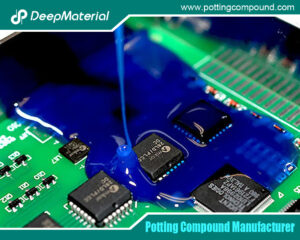
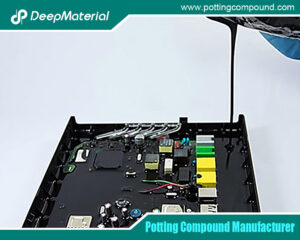
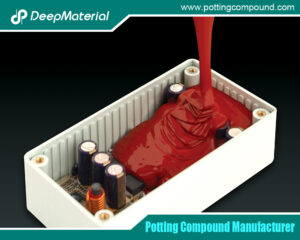
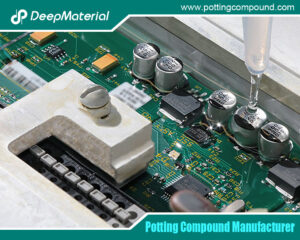
How Does Epoxy Encapsulated LED Work?
